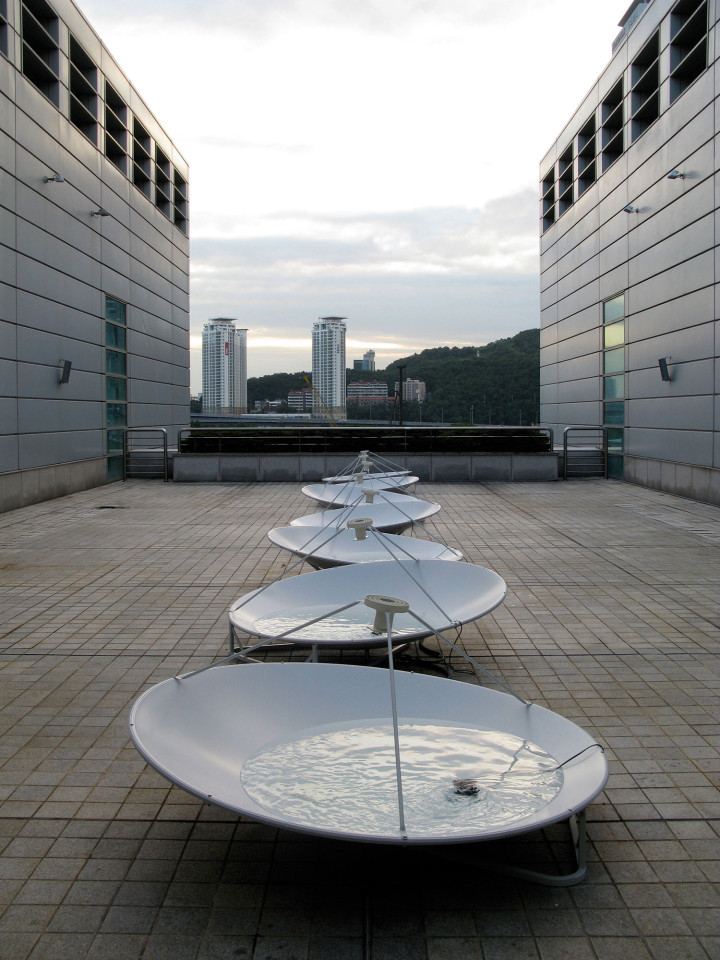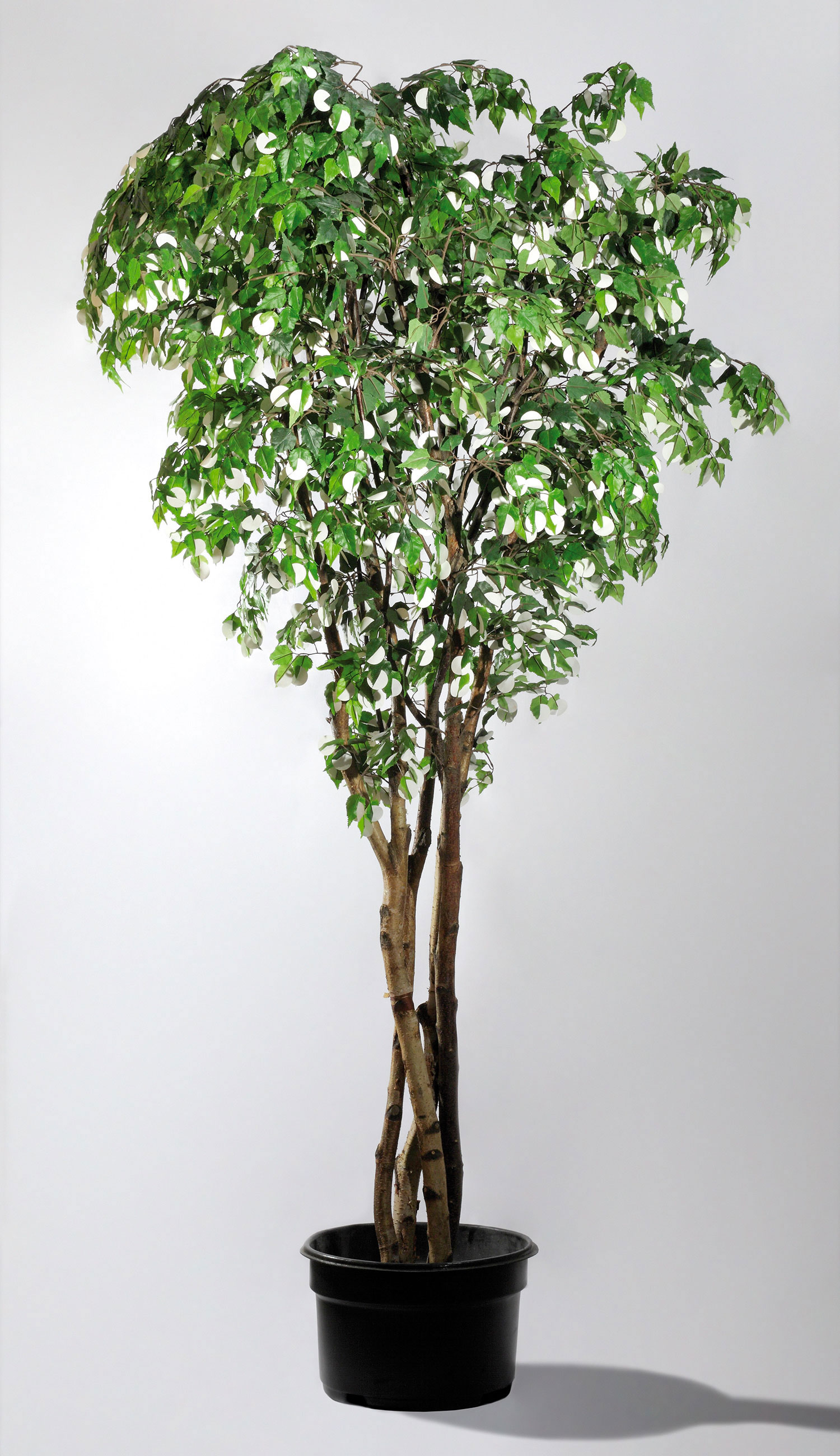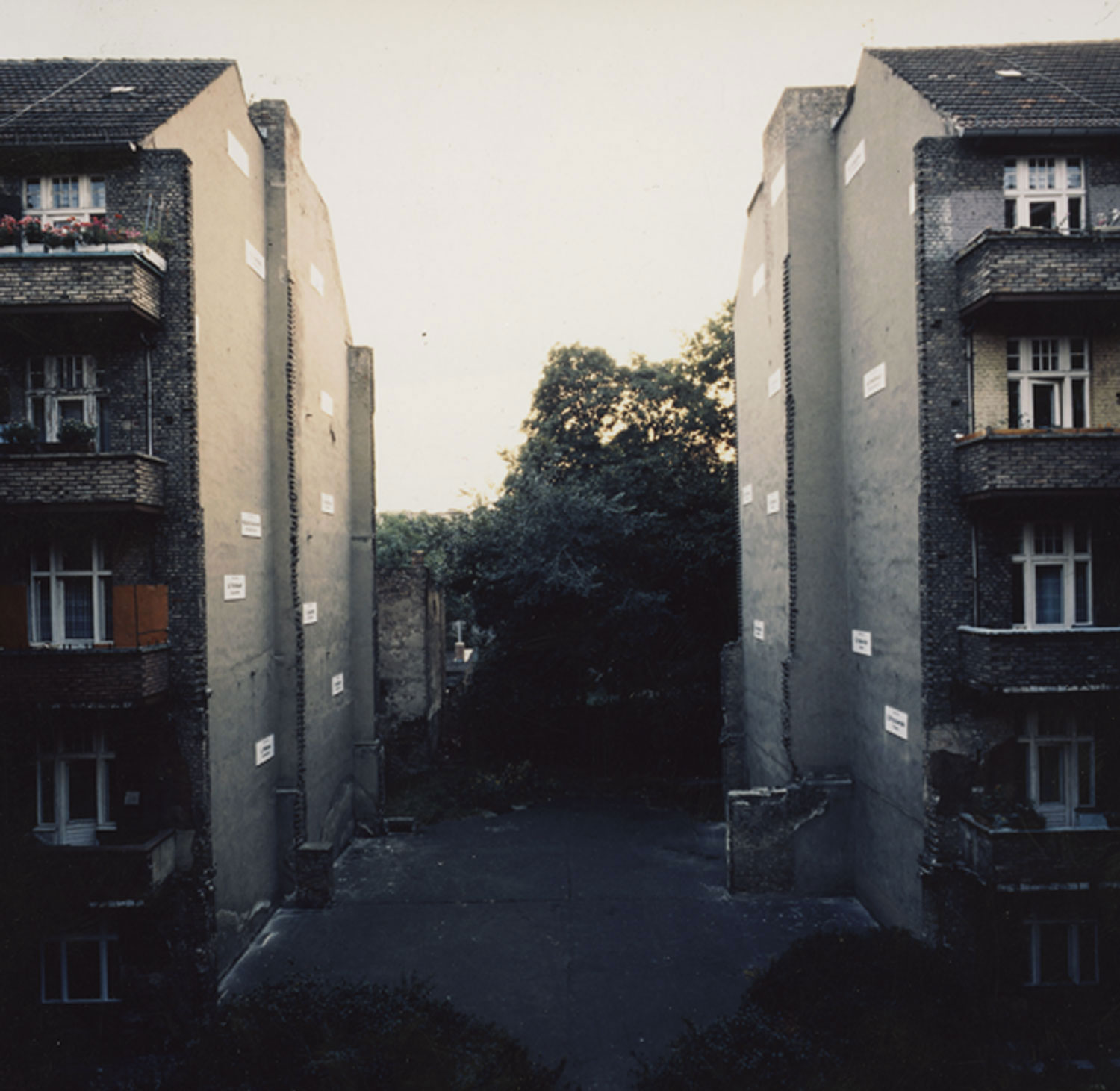
Mercedes Vicente: After two busy years in Berlin and New York you returned to New Zealand for a residency at the Govett-Brewster Art Gallery and Dunedin Public Art Gallery. Your new works engage with the notion of the ‘vaporous’ that teeter on the invisible, making the intangible tangible.
Dane Mitchell: There are several pieces I’m working on that attempt to reveal material in suspended states. I’m looking to make use of dehumidifiers to remove liquid from the gallery air, to then cast bubble-wrap, suspended air. A second dehumidifier sits incubated alongside a humidifier and they continuously loop — two sides coalescing. The project also includes a perfume — a form I’ve been working with for two years. Here the perfume is experienced in three ways: inside microscopic beads that release on exposure to UV light, between two glass sheets clamped together and emanating from a hole in the gallery wall. I’ve also been making anthotypes: a form of direct photographic print invented in 1842, created by making an image using photosensitive material from plants, which has an obvious connection to perfumery.
MV: You have been collaborating with French perfume-maker Michel Roudnitska to develop synthetic scents such as that of an empty room or electric discharge. How do these works operate?
DM: I’m really interested in the sculptural possibilities of perfume — that is, thinking about it as a dispersed, or dissolved, object. Expanding in the air, filling space with vapors and molecules, it dwells on thresholds — of vision, of physicality, of affect, of time and dimensionality. It’s the only sculptural form that literally enters the brain. Smell grasps at some extremities of the indefinable — which may emanate from an object, space, or situation.

MV: At last year’s Cologne Art Fair you presented The Smell of an Empty Room (2009), which was released daily at 5 pm. Your work often engages with a sort of enquiry into museum practice. Could this performative act be read as a commentary of the excesses and spectacle of the art world?
DM: Context is of importance to my work. I was interested in producing a subtle shift in atmosphere, where the work might be experienced as a faint echo. Indeed, this kind of material and this kind of action spreads itself (sculpturally) thin — disrupting and interrupting proceedings. For sure the notion of emptiness lends itself to being read wryly. Historically perfume has been linked to extravagance due to its ephemeral nature — money that was spent on perfume literally evaporated.
MV: Perfume is not the only intangible medium you have explored. Your work Cosmic Dust Collection (Extraterrestrial Smithereens) (2010) at this last year’s Busan Biennial collected interplanetary dust particles (IDPs).
DM: On the roof terrace of the city museum, satellite dishes worked to collect some of the 40,000 tons of near imperceptible physical material that falls through earth’s atmosphere each year. The work makes use of a very simple technology utilizing rare earth magnets submerged in water that collect IDPs, which are magnetic through being rich in iron.





